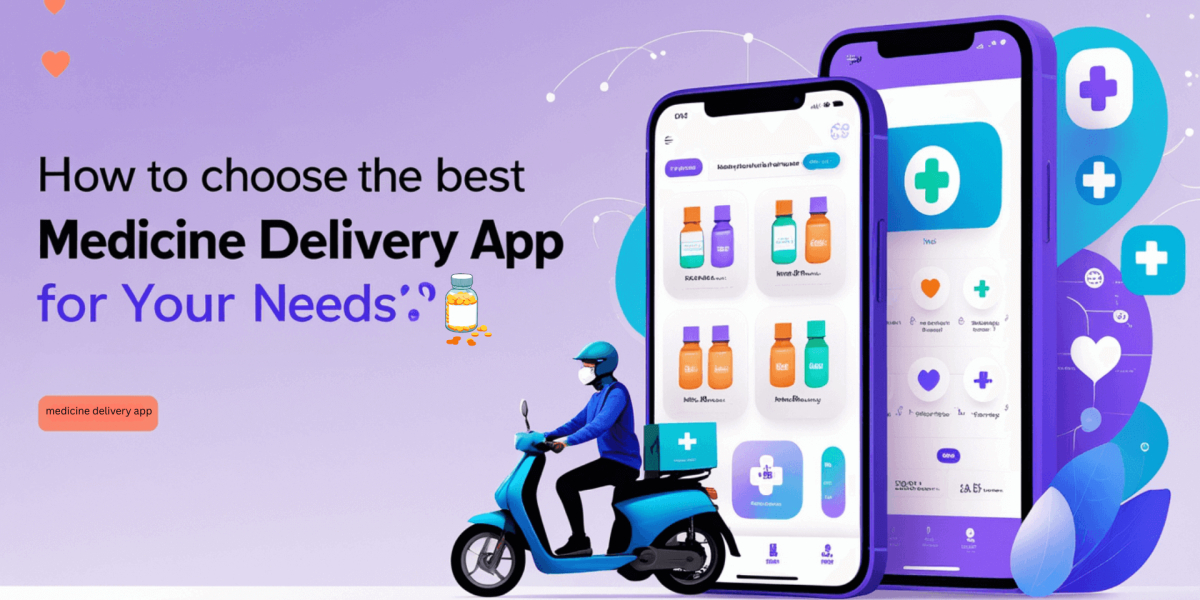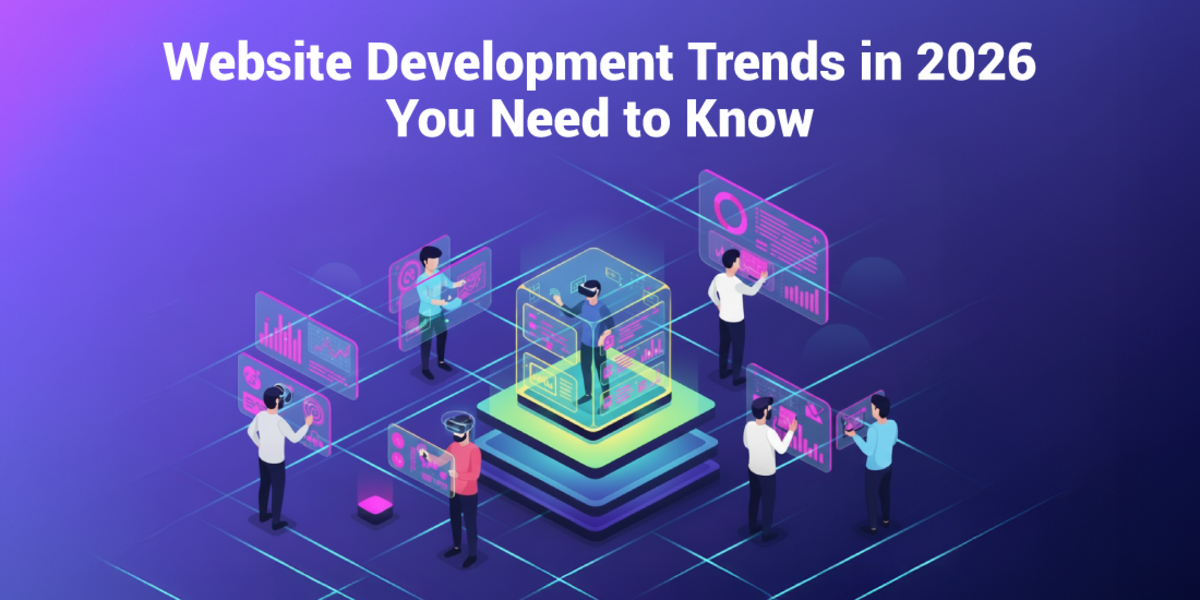Discussion - An MVP App Saves You From Making A Hefty Investment
- By Alycia Gordan
- 20-11-2019
- Mobile Apps

A Minimum Viable Product (MVP) is more of a concept than a procedure. It aims to get the product or website to a market where the target population uses it. It only focuses on core functionalities to solve specific issues of early adapters. Once the developers receive feedback from primary users, they refine it with additional features.
It is all about checking the validity of your basic app idea. You begin by identifying the pain points of the user and design a solution that fits. The basic structure is raw, and there is ample room for upgrades. Eric Ries defines an MVP as that version of a new product that helps a team to collect the maximum amount of endorsed learning about customers with minimum effort.
Take Spotify, for instance. Since its launch in 2008, it has transformed the listening experience. The mobile app development company introduces new ways to enjoy and share music with a forum, allowing artists and their audience to develop a reliable connection. Spotify has scored the leading position in the music industry due to its ability to learn from users’ behavior inside the app and from their feedback.
Why You Need MVP for Your App?
An app can be a risky investment if you do not follow the protocol. There is always a threat of losing the download numbers and failing to retain the users. This fact compels many developers to opt for a furnished product instead of a trial. They believe that customers may not like the raw product as they think it does not give enough value.
However, that’s not the case. An MVP may not have all the features they dream of, but it has all the functionality they need.
Besides, starting with an MVP will enable you to test your assumptions and acknowledge the requirements of your end-users. It will clarify the project methodology and direction that you must adopt.
The Debate
Despite all the surface value that MVP serves for an app, there is a constant debate among tech prodigies whether or not it should be the first step of app development. They count the downsides, compare with other app development strategies, and then derive their conclusions.
To give you further insight, let’s dive into the advantages and disadvantages of MVP:
Advantages
- Decreased Risk of Investment
In 2001, Frank Robinson was the first one to define an MVP. He defines it as a scaled-back version of a product that aims to test and validate the basic concept. Of course, you do not need a huge cost for this product. Later on, if the public receives it well, you can present your idea to the potential investors and release the success figures of its MVP. The low risks will encourage investors to jump in.
- Fast Development
MVP is fast and easy to develop. Considering that it has a minimum set of features, the product barely takes more than two months to develop. You can enter the market in a jiffy. It removes the fear that another developer will steal your idea as you make an entrance in a short span of time.
- Spotting the Loyal Users
As the Minimum Viable Product lets the enterprise evaluate the performance of the app in advance, it also helps them to determine the exact demographics of their consumer base. They figure out if the app will be able to build traction in the market. If the result is negative, they can redesign and tweak it up to fit the needs of the target population.
- Dealing with Security Issues
With a plethora of apps surfacing in the stores, the chances of corrupt apps penetrating your system have immensely increased. It becomes more serious if the app has an in-app payment system. With an MVP, you can find the loopholes and fix them. If your app is popular as bug-free from the beginning, it will generate more leads, and users can navigate the app with no worries.
Make sure that all the strengths of your app are visible to the audience. Most customers of today go through the ratings and feedback to stay on the safe side. For example, if customers want to install Hookt, they check out the customer feedback and AirG app reviews before proceeding any further.
Moving on, MVP tags along with a couple of drawbacks, too. Although the positives easily outweigh the negatives, we would discuss its disadvantage for you to decide on your own.
Disadvantage
- Extra Strain and Costs
MVP app indeed needs a lot of work upfront. You need to exert all your efforts and design the app in a limited timeframe. In the case where you are hiring a consumer app development company or any android or ios app company to create this design, they might ask you for more money. And this will raise the development price instead of reducing it. Plus, you need to get reliable customer feedback, which is again, a hard job to do.
The Bottom Line
There is a high chance that you can reduce the costs and cut down the development time through an MVP. Compared to the traditional method, this one seems to be less tedious. Yet, we should not ignore the downsides of it. The success depends on the idea behind your app. If there is a slight chance that MVP of your app may not make the mark you need, it is a better idea to drop it off and adopt the traditional approach.
An MVP gives you the confidence, once your early users approve the model. You can continue to add more features and improve the current ones. Instagram and Dropbox are successful examples in the market that tell us how this idea works. So, the chances of saving money are higher with an MVP but not entirely zero.


.jpg)


